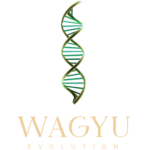HISTORY OF WAGYU
WAGYU STEAK is the most prized and expensive beef in the world.
Find out more about wagyu beef cattle and why they're the perfect addition to any American herd.
Wagyu beef is one of the most expensive foods in the world, retailing at over $150 per pound. The meat is well-known for its exceptional marbling which gives it a highly desirable flavor, prized by meat lovers everywhere.
The name Wagyu simply means, “Japanese cow” and refers to all breeds of beef cattle in their homeland. The term’s derived from the words ‘Wa’ meaning ‘Japanese’ and ‘gyu’ which means ‘cow’.
It’s a rather mundane term for something so special that it’s got people talking across the planet. Find out more about what makes Wagyu beef cattle so great.
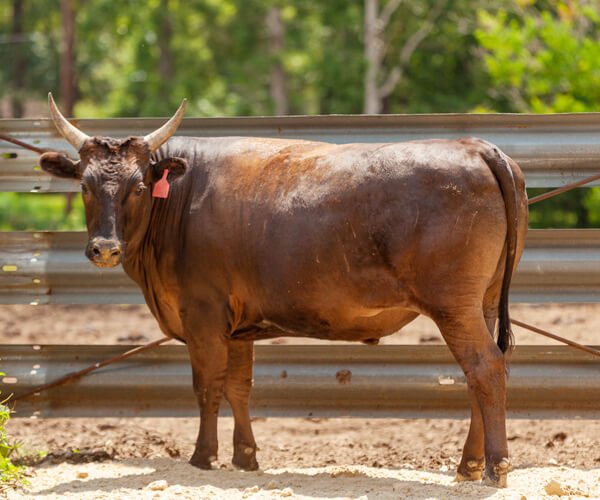
While Wagyu beef has only recently made its way into the limelight, the breed is incredibly ancient. The first cave drawings of 35000 years ago seem to represent animals showing many of the breed’s characteristics.
Today’s version of these Japanese cattle emerged from centuries of careful animal husbandry to achieve an animal that was both useful during its lifespan while producing exceptionally nutritious and tasty meat.
They’re the result of improving Japan’s traditional animals by crossbreeding with imported breeds. This early focus on producing a superior beef cow started in 1868 when the government decided to introduce a more Westernized style of dining to the Japanese public.
The main cattle used for this purpose were Brown Swiss, Shorthorn, Simmental, Ayrshire, Korean and Devon cattle. After 1910, the breed society allowed no further dilution of the now established Wagyu strain.
Thus, the offspring of these original crossings, show a greater variation than the British and European efforts to replicate them.
The Japanese consider only four cattle breeds as true Wagyu. These are the:
- Japanese Black
- Japanese Brown
- Japanese Polled
- Japanese Shorthorn
Of these, only the first two occur outside of Japan.

Most of the animals resulting from the early Japanese breeding program evolved in relative geographical isolation from one another, so there are distinct differences in their appearance and characteristics.
Black coloring dominates the gene pool of three main modern-day Wagyu strains, namely Tajiri (Tajima), Kedaka (Tottori) and Fujiyoshi (Shimane). The remaining two strains are predominantly red in color.
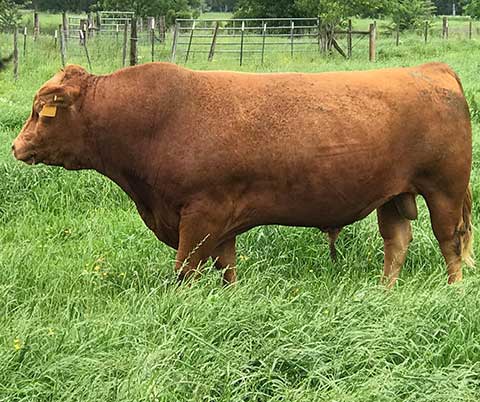
Over 90% of the Japanese national herd is black and represented by 6 different strains, namely:
These cattle were originally raised as draught animals int eh Hyogo prefecture. They developed powerful forequarters with lighter hindquarters thanks to their work pulling carts and plows.
They’re smaller framed cattle with slow growth rates, yet their meat is of exceptionally high quality with superior marbling. This makes them ideal for producing F1 cattle for slaughter.
Highly sought-after Kobe beef comes from the Tajima bloodlines.
These cattle have a medium frame, with average growth rates and produce good quality meat. They hail from the Okayama prefecture.
These large cattle were originally bred for working as pack animals in the grain industry and are a large, fast-growing strain with strong back lines.
The quality of their meat is variable, although they’re considered the best Wagyu cows for milk production.
Breeders usually use a combination of these three bloodlines for full blood meat production.
These cattle, known as the ‘red lines’ in the USA, bear strong influences of European and Korean breeds, especially the Simmental.
The Japanese Brown Wagyu is not related to any of the black cattle and consist of two main strains, namely:
Kumamoto cattle are well suited to range conditions and have a high growth rate and large rib eye area. Their marble score is lower than that of Japanese Black and Japanese Shorthorn cattle.
Today, the Japanese Brown is becoming increasingly rare and the Japanese government subsidizes farms that specialize in these types of cattle.
It’s important that ranchers realize that when they interbreed Japanese Brown and Black cattle, they’re in fact, crossing two different breeds. While the American Wagyu association recognizes their offspring as full blood Wagyu, the Japanese do not.
In 1916, breeders introduced Aberdeen Angus into the Wagyu gene pool in the Yamaguchi Prefecture. The result was Japanese Polled cattle. While the resulting offspring had the desirable quality of no horns, they lost the fine marbling quality of true Wagyu meat.
In 1975, the Japanese started crossing these animals back to the Japanese Black to improve marbling but in 1986, they stopped reporting on carcasses from this breed.
Today, it’s also considered at risk and makes up less than 1% of Japanese cattle. At present, there are no polled 100% full blood Japanese blacks.
These cattle occur mainly in the Tohoku Region and originate from crossbreeding local Nanbu Cattle with the Shorthorn. This breed became certified as an indigenous beef breed in 1957.
The meat is very lean with a savory mild flavor. Japan has never exported any of its unique shorthorns. Today these cattle make up only a very small number of the Japanese national herd.
Wagyu beef production is strictly regulated in Japan and mandatory progeny testing takes place. Ranchers may use only the best proven genetic lines in their breeding programs.
It didn’t take long for the Japanese to realize they had stumbled on to solid gold with their exceptional breed and banned the export of Wagyu. These animals are now regarded as an official national treasure in Japan.
Yet, in 1976, four Wagyu bulls arrived in the USA and the country’s love affair with Wagyu beef began.
During the 90s, importation of full blood Wagyu cattle into the USA got into full swing. Some of these bulls and heifers have risen to dominate the Wagyu scene in the US.
If you’re interested in raising the best Wagyu beef cattle, it pays to know which gene pools you should tap into.
Experts regard Naka Doi, born in 1920, as the father of all full-blood Wagyu through his son, Tajiri.
Tajiri gave rise to two further prominent bulls, namely Tajima and Kikumi Doi. Tajima, in turn, is the sire of Yasumi-Doi which is the most prominent bloodline in the USA today.
These are the names to look out for when researching Wagyu pedigrees:
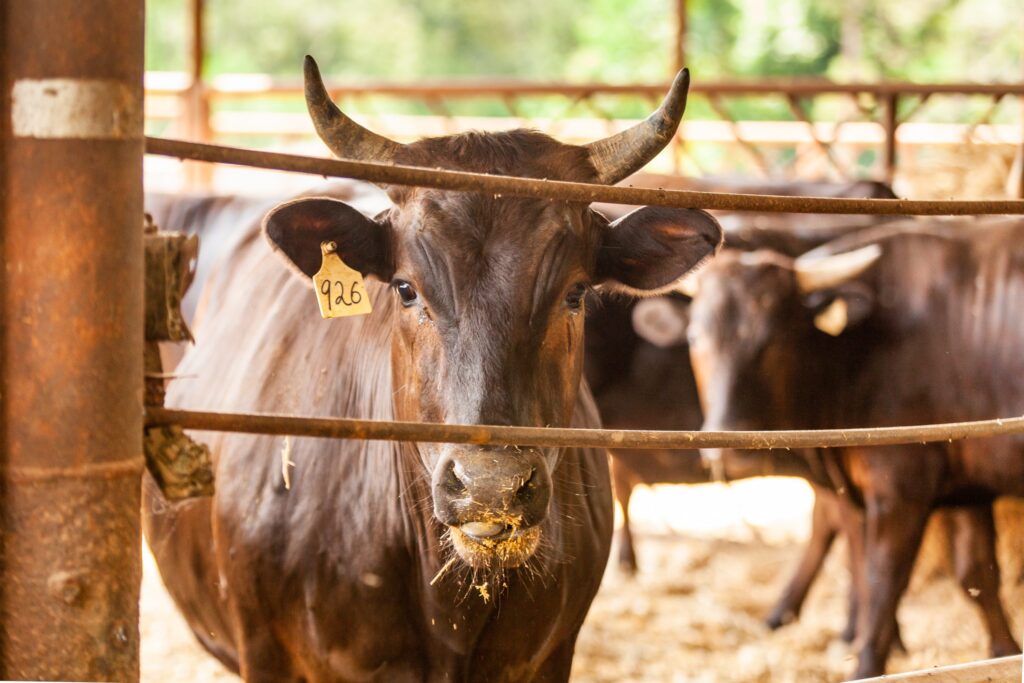
This descendant of the famous bulls, Yasumi Doi and Yasutanidoi J472, rose to prominence as the foremost marbling bulls in the United States. His sire Monjiro’s offspring produced carcasses selling for over $20,000 at the All-Japan Wagyu Competition of 2007.
His own offspring, Sanjiro, is one of the most influential descendants of the Tajima line.
This bulls was a perfectly balanced example of all the major Wagyu bloodlines, namely Tajima, Shimane, Kedaka, and Itozakura. When bred to the best cow in Wagyu history, Suzutani, Haruki 2 produced the outstanding bulls, Shigeshigetani. A rancher imported both Haruki and Michifuku in 1993 along with Suzutani and two other full blood females, Rikitani, and Okutani. Okutani was as influential as Suzutani in Wagyu’s history, producing the cow, Fujiko who became an extremely influential female too.
Fujiko was so well-favored that her DNA sold for $26,000 at the Texas Wagyu Association sale in 2012.
Imported in 1994, Fukutsuru is the leading marbling sire in the sire summary. Unfortunately, he is also prone to produce poor milking traits and weak calves.
Yasufuku Jr. arrived in 1997 and is a son of the great sire Yasufuku J930 who has also sired multiple champion marbling bulls in Europe and Japan. So far Yasufuku has continued this trend toward excellent marbling in his progeny.
Yasufuku was one of the last full-blood Wagyu bulls imported into the US. Soon after his arrival, the Japanese once again banned any export of Wagyu and the ban is still in effect today.
During the heyday of Wagyu imports, just 200 animals entered the USA. From this limited pool, this country has built up a substantial population of full blood Wagyu worldwide.
Japan has 96% of the world’s 2 million full blood Wagyu within its borders. Outside of Japan, Australia has the next largest population of full-bloods.
When it comes to crossbred Wagyu, Japan leads the way again, followed by Australia. The USA, Canada, and Central and South America combined contain only 30% of crossbred Wagyu.
At present, Wagyu cattle occur in 23 countries and on every continent.
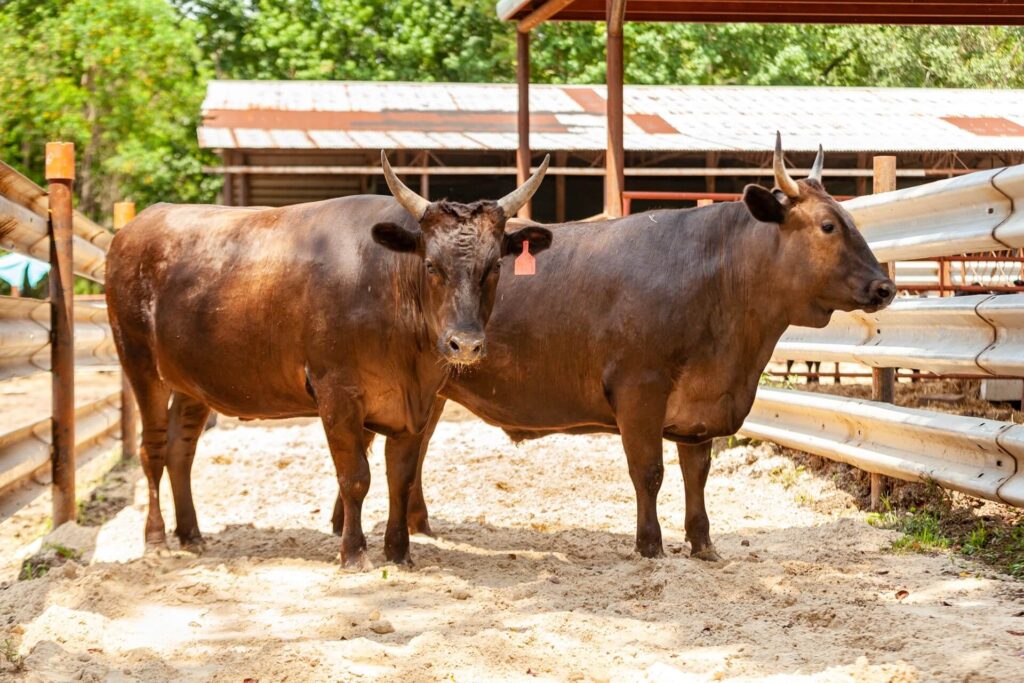
Most of the animals resulting from the early Japanese breeding program evolved in relative geographical isolation from one another, so there are distinct differences in their appearance and characteristics.
Black coloring dominates the gene pool of three main modern-day Wagyu strains, namely Tajiri (Tajima), Kedaka (Tottori) and Fujiyoshi (Shimane). The remaining two strains are predominantly red in color.


Stay informed on the latest happenings from Wagyu Evolution by subscribing to our newsletter!
